目标和指标是每个企业可持续发展战略的核心,因为它们指导优先事项和进展
我们的目标设定方法是我们可持续发展战略的重要组成部分,以便我们能够支持处于可持续发展初期的客户和供应商。将这一过程分解为里程碑是指导这一过程的一种方式。
制定可持续发展目标的关键里程碑:
虽然制定和实现可持续发展目标并没有千篇一律的公式,但有两个不变的原则将贯穿整个努力:协作和连接各个点。
组织目标的关键在于实质性评估,该评估旨在识别并优先考虑可持续发展重点领域。这是可持续发展战略规划的关键一步,因为这些承诺将推动重要的下游活动和努力,从满足某些合规要求到投资合适的资源,以收集、测量和报告组织进步。这需要采访利益相关者,了解他们如何优先考虑各种问题,这些见解不仅有助于指导战略,也有助于可持续发展故事的推进。值得注意的是,如果可持续发展目标与使命和宗旨清晰关联,其影响力将更加深远。
一项重要的初始任务是发现、评估和分析可能对业务产生重大影响的可持续性主题,或者相反,可能对运营产生重大影响的问题。

例如,我们在 Flex 的许多客户都表达了减少温室气体排放的愿望,并确保他们的供应链合作伙伴拥有安全和道德的劳动实践。在这种情况下,气候和劳工问题都将是其重要性评估的首要议题。
当公司确定问题清单并确定其优先顺序时,那些对企业和利益相关者来说最重要的问题将会被优先考虑。
识别并联系组织内外的利益相关者,让他们能够建设性地权衡各种问题,并分享深刻见解。除了客户、投资者和社区合作伙伴,我们还与供应商、政府、监管机构和劳工组织合作。
我们还发现学术界和非营利组织的专家很有帮助;例如,世界野生动物基金会一直是我们出色的合作伙伴,指导我们如何参与和支持我们运营所在地的某些社区。
对于内部利益相关者,我们咨询了各领域的专家,就风险和预算提供建议。鉴于我们的全球业务,我们确保利益相关者能够代表我们主要地区市场的利益。

由于利益相关者的优先事项各不相同,可持续发展团队将致力于将这些点串联起来,并使其与 Flex 的使命和关键业务驱动力保持一致。在分析了我们的研究、调查和访谈结果后,我们会与高管团队确认我们的评估。您可以在我们最新的可持续发展报告的开头看到 Flex 的实质性矩阵。我们每年都会根据最重要利益相关者不断变化的需求更新实质性议题清单,这反映在我们的 10-K 和代理报告中。
虽然许多研究都是内部研究,但组织外部也有很多因素需要考虑,以帮助制定目标。紧跟新兴趋势和实践至关重要。分析同行组织的可持续发展报告将创建一个重要的基准,以确定公司在可持续发展报告工作中落后、超越或持平的领域。这可以为目标制定提供参考,因为需要改进的领域会被揭示出来,并揭示组织的领先优势,从而继续保持发展势头。
在完成重要性评估时,至关重要的是确定将在可持续发展之旅中作为合作伙伴一起进行的内部和外部合作者,从制定目标开始。
如今,企业责任涵盖范围极其广泛,从公平的劳动实践到净零排放,可持续发展目标依赖并影响着企业的方方面面。因此,可持续发展团队需要组织内的合作伙伴来协助制定、执行和衡量可持续发展目标。在 Flex,这些团队涵盖设施、人力资源、运营、法务、业务部门和财务部门。鉴于我们的业务遍布全球,我们还聘请了管理全球各地工厂的管理人员。

如果可能,应将关键客户和股东纳入实质性考量。这将确保视角的平衡,并可能有助于发现机遇。最重要的是,与供应商合作可以确保供应网络的完整性。
在 Flex,我们通过以下方式与供应商设定期望供应商行为准则并定期评估我们的供应商和劳务中介机构的潜在风险以及可持续发展绩效。我们还提供网络研讨会等教育资源,分享最佳实践与我们首选的供应商合作,帮助他们设定环境目标。
无论合作伙伴是内部还是外部,我们都会持续与他们互动并赋能。这包括定期回访,提供支持、确保问责,并主动分享研究成果,帮助他们思考近期、中期和长期目标。与能够推动进展并对目标负责的合适合作伙伴合作,必将带来成功的结果。
同样,能够流畅地整合合作伙伴的努力,并将不同可持续发展领域的点点滴滴联系起来,也是成功的关键因素。简而言之,项目经理如果能够赋能合作伙伴,将可持续发展定位为共同目标,并促进其进步,而不是完全承担目标的主导权,那么他们的努力将获得丰厚的回报。
与内部合作伙伴共同制定符合组织使命和关键业务驱动力的目标。对于像 Flex 这样的制造商,我们的目标将遵循 可持续制造实践 其中包括尽量减少我们对环境的影响,促进员工的福祉,并确保道德和透明度仍然是优先事项。

将可持续发展议程与公司的宗旨、使命、战略和日常运营联系起来。

与对业务和利益相关者衡量绩效具有重要意义的框架保持一致。

不仅要有远大的目标,还要逐步思考每个季度和每年可以实际实现的进展。
可持续发展是一段旅程,而非短跑冲刺。我们迈出大胆而明确的步伐,引领组织踏上负责任的增长之路。至关重要的是,要设定远大的目标,激励组织加入这一旅程,并取得有意义的进展,从而带来更大的进步。虽然净零排放或零浪费听起来令人望而生畏,但为实现目标奠定基础并取得渐进式成果,应该能够鼓舞组织全力以赴地实现雄心勃勃的目标。
在 Flex,我们于 2015 年推出了 Flex 20,承诺实现 20 个可持续发展目标,以符合联合国可持续发展目标:从那时起,我们每年都会分享我们在实现这些目标方面的进展。在启动时,这对我们的可持续发展团队来说是一大步,但我们决定挑战自我,并从中吸取经验教训。在20个目标中,我们实现了16个,并为我们的努力感到自豪。从那时起,我们利用这些经验和投资,推出了我们的2030年战略与承诺,体现了我们迄今为止最雄心勃勃的目标。我们承诺到2030年将范围一和范围二的温室气体绝对排放量减少50%。1到 2025 年,至少一半的制造工厂将实现零浪费。
衡量和报告进展有助于推进可持续发展进程。此外,与合作伙伴和利益相关者分享进展和里程碑,可以产生建设性的反馈,促进持续改进。
虽然企业未能达成目标并非罕见,但分析哪些方面做得不够,并运用这些经验教训持续改进至关重要。成功的方法在于尽可能透明地沟通未能达成目标的原因。
关键之一是落实可持续发展战略,并制定包含关键绩效指标、里程碑、具体目标和目标的年度或多年期计划。向员工传达目标和进展,并开始公开分享这些信息,有助于树立可持续发展报告与财务报告同等强制性的预期。
目前 收集数据的最佳实践 将在下一篇文章中概述,因为之后 目标设定数据收集是奠定负责任增长和报告基础的关键下一阶段。在这一过程中,Flex 始终与客户携手合作,共同学习如何以更可持续的方式运营。
1从 2019 年基准年开始,目标边界包括生物能源原料的生物排放和清除